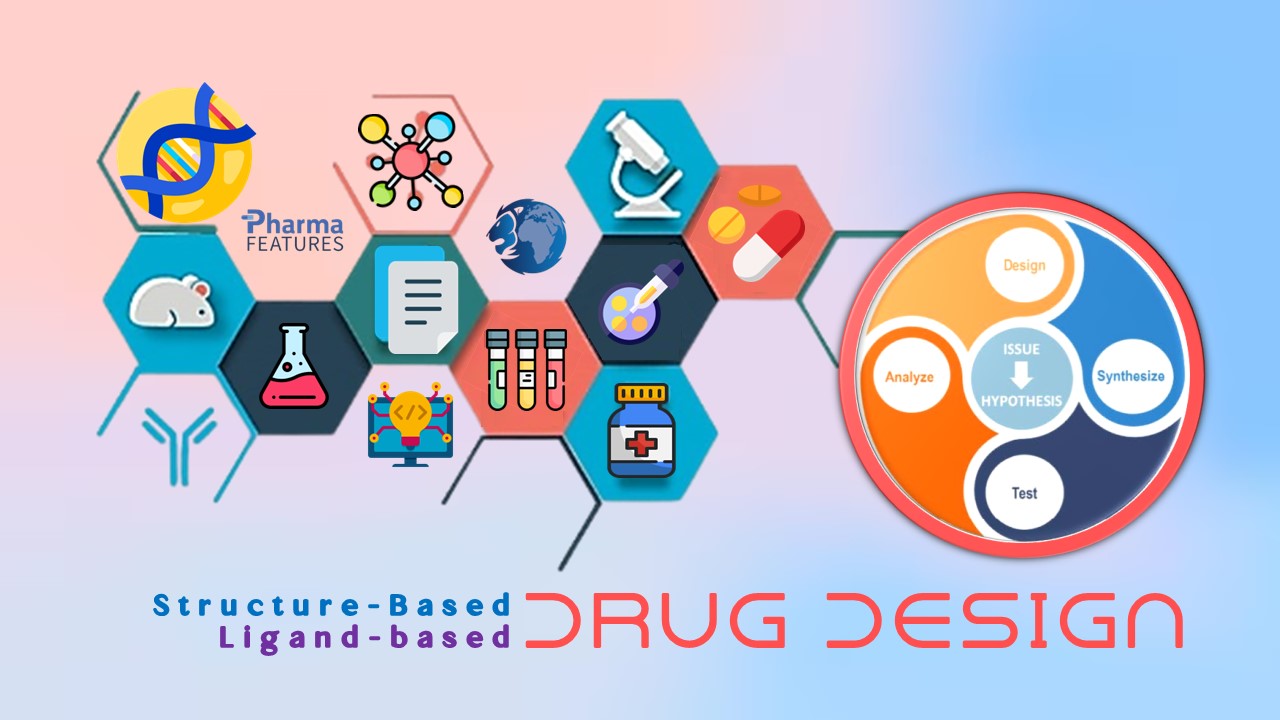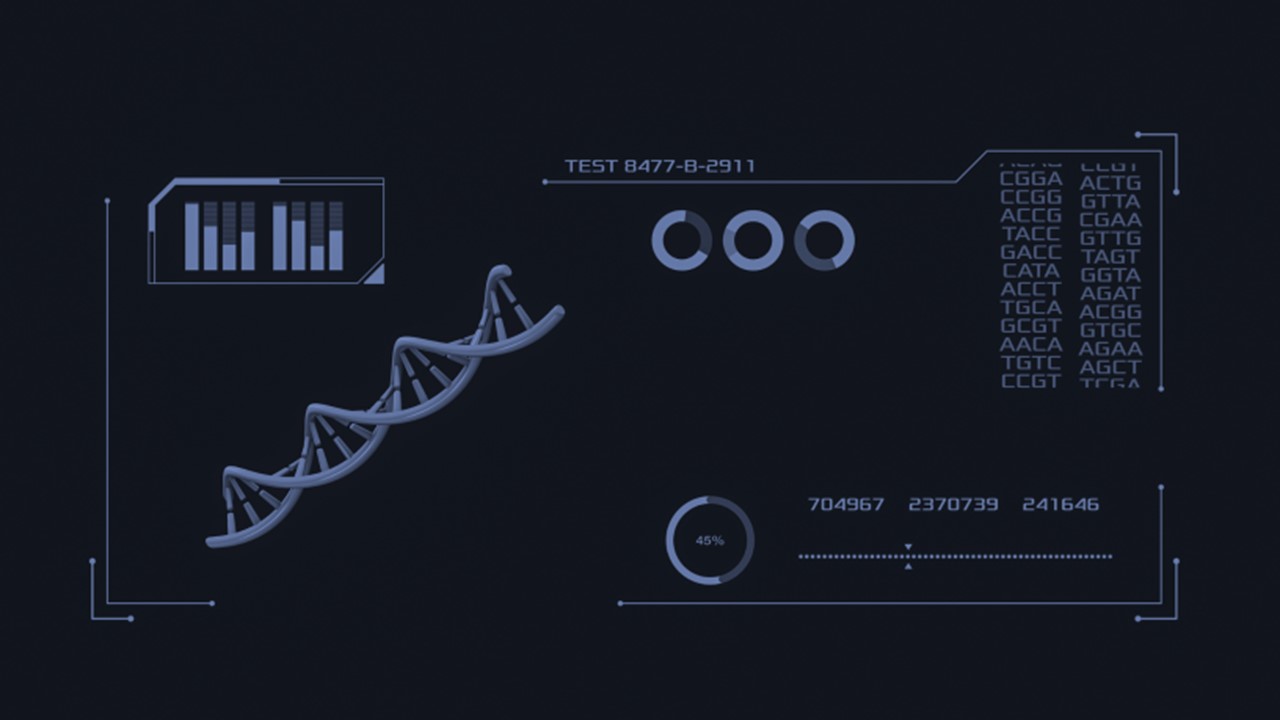In the realm of bioinformatics, the advent of multi-omics studies has opened up new vistas for understanding the intricacies of biological systems. These holistic approaches delve into the web of molecular interactions, transcending the boundaries of single-omics analyses. In this intellectual journey, we embark on a comprehensive exploration of dimensionality reduction and data integration techniques, uncovering their pivotal roles in the multi-omics landscape.
Dimensionality Reduction: Unveiling the Complexity
Prerequisite Preprocessing
Before delving into the world of dimensionality reduction (DR), it’s paramount to acknowledge the importance of appropriate data preprocessing. Raw data, often beset with technical artifacts and skewed distributions, can distort the biological signals we seek. This preprocessing entails tackling batch effects, normalizing data, and imputing missing values for each omics type. The significance of the study design and temporal ordering of sample collection cannot be overstated, as they lay the foundation for robust analyses. Assuming well-processed, high-quality data, we embark on our journey into dimensionality reduction.
The Curse of Dimensionality
The curse of dimensionality is a formidable challenge in single-omics studies, and it becomes even more pronounced in the context of multi-omics research. As we venture into higher dimensions, conventional distance measures lose their meaning, rendering operations such as clustering increasingly complex. Moreover, the abundance of variables can significantly outnumber the available samples, leading to underdetermined mathematical systems and increasing the risk of overfitting.
Dimensionality reduction, a beacon of hope, offers a way to navigate this treacherous landscape. It enhances prediction stability, bolsters statistical power, and alleviates the burden of multiple testing. DR manifests through two main avenues: feature selection and feature extraction.
Feature Selection: Knowledge-Based Reduction
Feature selection is often guided by prior biological knowledge or hypotheses. It involves narrowing down the pool of variables, focusing on genes, proteins, or metabolites associated with specific pathways or traits of interest. While this approach can enhance statistical power, it carries an inherent bias towards well-annotated biological entities. Another avenue within feature selection constructs biologically meaningful variables, such as pathway-level aggregations of metabolite data, offering a higher-level perspective.
Feature Extraction: Data-Driven Reduction
In contrast, feature extraction relies on data-driven techniques, exemplified by Principal Component Analysis (PCA). PCA transforms individual omics datasets into lower-dimensional subspaces, preserving the maximum variance within the data. This allows for the utilization of a reduced set of features while minimizing information loss. Cluster-based approaches, often leveraging techniques like weighted gene co-expression network analysis (WGCNA), are also employed for feature extraction. These methods group related biological entities, summarizing them into representative components for downstream analyses.
In summary, dimensionality reduction is the compass that guides us through the labyrinth of high-dimensional omics data. It mitigates overfitting and streamlines analyses, making complex biological systems more approachable and interpretable.
Data Integration: The Confluence of Omics
The burgeoning interest in multi-omics datasets has led to the development of various integration frameworks, unlocking the potential to unveil the interconnectedness of biological layers. We categorize these frameworks into knowledge-based, data-driven, and hybrid approaches.
Knowledge-Based Approaches: Leveraging External Wisdom
Knowledge-based integration strategies harness external information from databases and scientific literature. They rely on established relationships between biological entities, often tapping into functional terms, pathways, and genome annotations. These approaches allow the connection of results from single-omics analyses into a coherent multi-omics context. Knowledge-based integration depends on high-quality, diverse information sources, ranging from experimental data to computational predictions.
Several databases, such as STRING and KEGG, have emerged as valuable resources for knowledge-based integration. KEGG, for instance, provides a comprehensive view of genes and proteins in the context of metabolic networks and pathways. While these knowledge bases are indispensable, challenges persist in reconciling different identifiers and handling information updates and discrepancies.
Set-Based Enrichment: Illuminating Functional Significance
Set-based enrichment, a common strategy, explores whether functional annotations are enriched within a list of biologically interesting entities. Overrepresentation analysis (ORA) identifies terms that occur more frequently in the list than expected by chance. Functional set enrichment analysis (FSEA), an extension of ORA, considers all measured entities and their quantitative measurements, offering a nuanced view of enrichment. These methods enable the identification of annotation terms enriched with differentially regulated entities, shedding light on biological processes.
Constraint-Based Metabolic Modeling: Orchestrating Metabolic Networks
Constraint-based metabolic models (CBMMs) provide a unique framework for the integration of omics data. These models mathematically represent metabolic reactions, constraining the flow of metabolites based on stoichiometry. Genome-wide metabolic models (GEMs), such as Recon3D, offer a holistic view of metabolism. GEMs can be contextualized to specific conditions by incorporating omics data, paving the way for personalized therapies and drug target identification.
In conclusion, the odyssey through dimensionality reduction and data integration in the multi-omics landscape is transformative. These techniques empower researchers to unveil the intricate networks of molecular interactions underlying fundamental biological processes. They offer a comprehensive view of biology’s complexity and enable us to decipher its mysteries. As we navigate this intellectual journey, we stand at the cusp of breakthroughs that promise to revolutionize personalized medicine and our understanding of life itself.
Engr. Dex Marco Tiu Guibelondo, B.Sc. Pharm, R.Ph., B.Sc. CpE
Subscribe
to get our
LATEST NEWS
Related Posts

Bioinformatics & Multiomics
Harnessing Computational Ingenuity for Tomorrow’s Therapeutics
Leverage computational power to navigate modern drug design.

Bioinformatics & Multiomics
Exploring Cutting-Edge Techniques in Protein Target Identification
From genetic screens in model organisms to chemical proteomics in mammalian systems, each approach offers unique insights into the complex landscape of drug-target interactions.
Read More Articles
Synthetic Chemistry’s Potential in Deciphering Antimicrobial Peptides
The saga of antimicrobial peptides unfolds as a testament to scientific ingenuity and therapeutic resilience.












